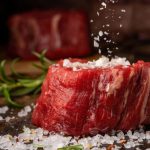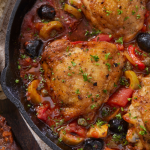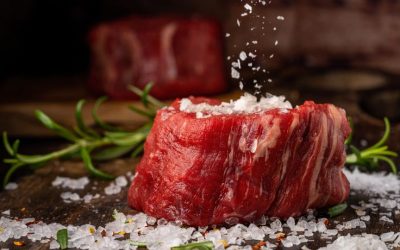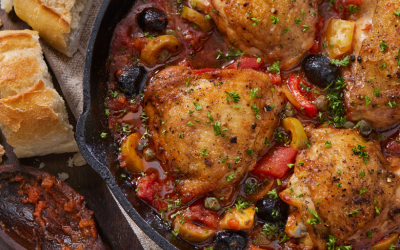
What the spice recalls out of India reveal about —
the blind trust we place in global flavor. Open your spice drawer. Go ahead—I’ll wait. Somewhere in there, nestled between the oregano and smoked paprika, is something yellow, red, or rust-colored that came from halfway across the world. A jar of flavor. A shortcut to “authentic.” A pinch of trust.
But you’d never know it from the cheerful little jars lined up at the grocery store: the global spice trade is still a gamble.
This summer, two of India’s biggest spice brands—MDH and Everest—were flagged by international regulators after products tested positive for ethylene oxide, a known carcinogen banned in food products in much of the world. Countries like Singapore and Hong Kong issued immediate recalls. The European Union and Australia launched investigations. Even the U.S. FDA quietly followed up.
And the average American shopper? Had no idea.
The Brands You Don’t Know—In the Food You Do

You may not recognize MDH or Everest by name, but their products are sold in U.S. stores, especially in immigrant-rich cities like Miami, L.A., and New York. You may have grabbed their turmeric or garam masala off the “ethnic” aisle. Even mainstream retailers stock them in discount bins or bulk aisles. That bright yellow jar you toss into the cart without blinking? It could easily be one of them.
But this isn’t just about two foreign companies.
Many major U.S. spice companies—McCormick, Badia, even Trader Joe’s—source raw spices from the same regions. And while the U.S. repackages and rebrands, the original supply chains remain vulnerable to the same lapses in oversight.
This Isn’t the First Time
This isn’t new. The spice trade has always danced on the edge of opacity. Powdered spices are uniquely easy to adulterate—cut with fillers, boosted with colors, sterilized with chemicals, and passed through too many hands to trace.
Reuters reported that “ethylene oxide is commonly used to sterilize spices, but its presence in food is banned in many countries due to cancer risks.” (Reuters)
And according to the Associated Press, the Indian government “has asked domestic companies to test more thoroughly before exporting,” but no sweeping reforms have been announced. (AP)
Food & Wine noted that “spices are a metaphor for what’s happening broadly across the country… this convergence of global flavor might be under threat.” (Food & Wine)
SupplySide analysts observed that “tariffs are severely impacting the spice industry as 60% of U.S. spices are imported with no domestic alternatives… companies are adapting through supply chain diversification while maintaining product authenticity.” (SupplySide)
Which means, for now, trust remains the main ingredient.
Why This Matters for American Cooks
Because it’s not just about Indian brands. It’s about what we assume is safe. About how we’ve outsourced trust to shiny labels and familiar logos.
And it’s about how often the American food system—built on convenience, cost-cutting, and global importing—asks us to look away.
Spices are an easy thing to romanticize. A dash of cumin. A hint of cardamom. We build dishes, memories, whole identities around what’s in those jars. But behind the aroma is a global chain of labor, regulation, shortcuts, and risks.
And right now, it’s cracking.
Eater highlighted that “following the announcement of sweeping reciprocal tariffs… companies like Burlap & Barrel, Natoora, and Tuk Tuk Snack Shop face an uncertain future.” (Eater)
ASTA (American Spice Trade Association) urged that “spices that cannot be grown in the United States” be exempted from tariffs, highlighting concern that levy costs may not benefit American producers but will burden consumers and small businesses. (ASTA)
So What Do We Do?

We don’t need to panic. But maybe we do need to pause.
- Check your labels. Especially imported blends.
- Buy whole spices when possible.
- Source from companies that actually talk about their sourcing.
- Push your favorite brands to be transparent.
From the other side of the stove, I can tell you: this isn’t about fear. It’s about paying attention.
Because the world is on your plate—whether you realize it or not.








